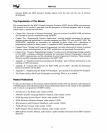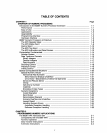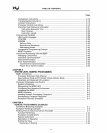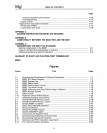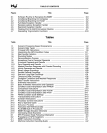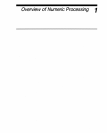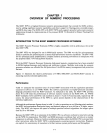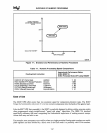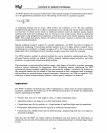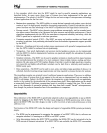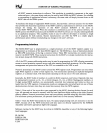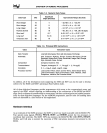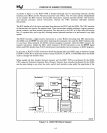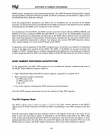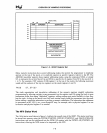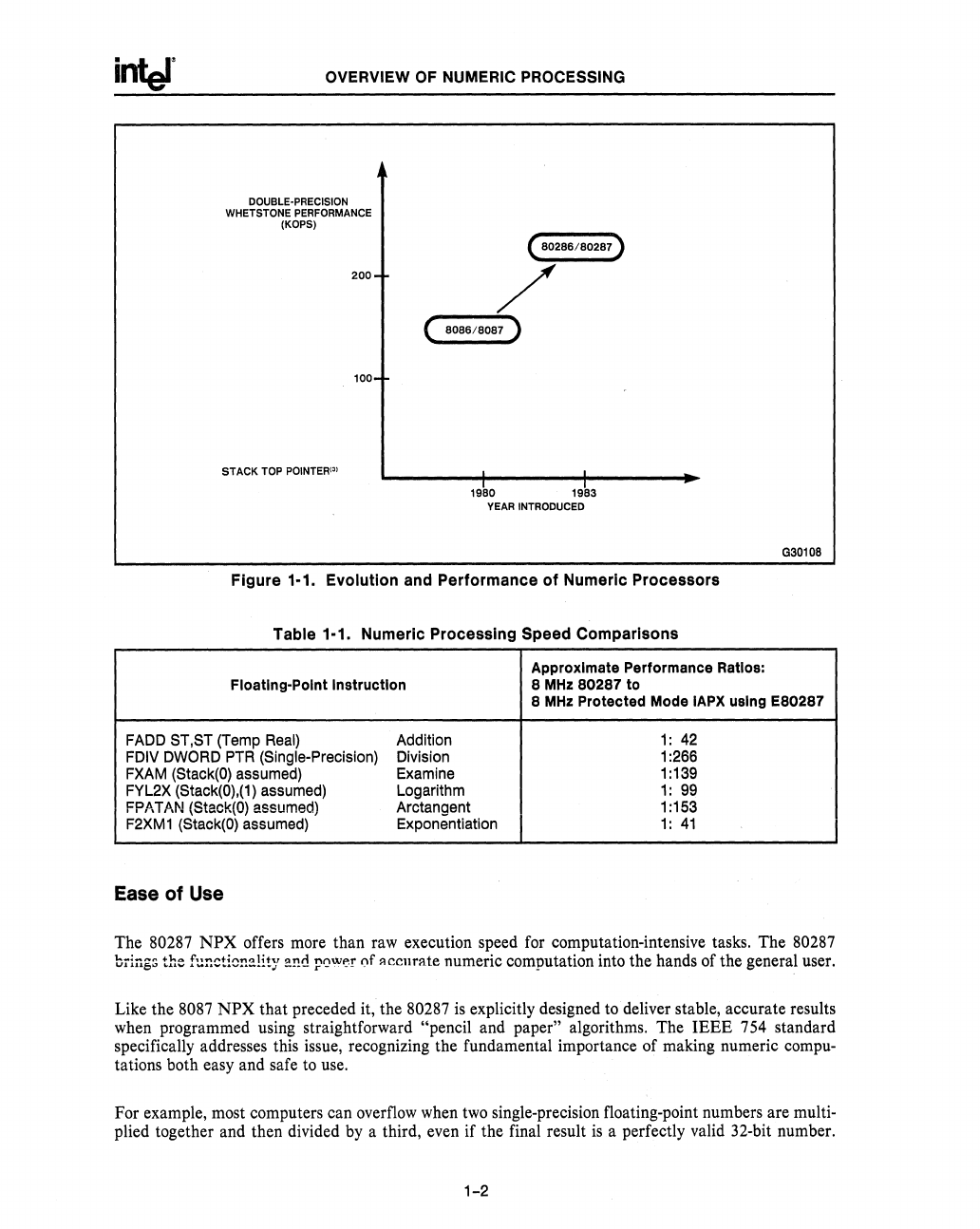
OVERVIEW OF NUMERIC PROCESSING
DOUBLE-PRECISION
WHETSTONE
PERFORMANCE
(KOPS)
200
100
STACK
TOP
POINTER'"
(
80286/80287
)
.-------...../
(
8086/8087)
1980
1983
YEAR
INTRODUCED
Figure
1-1.
Evolution
and
Performance
of
Numeric
Processors
Table
1-1.
Numeric
Processing
Speed
Comparisons
Approximate Performance Ratios:
Floatlng'Polnt Instruction
8
MHz
80287 to
G30108
8
MHz
Protected Mode
IAPX
using E80287
FADD ST,ST (Temp
Real)
Addition
1:
42
FDIV DWORD
PTR
(Single-Precision)
Division
1:266
FXAM
(Stack(O)
assumed)
Examine 1:139
FYL2X
(Stack(O),(1)
assumed) Logarithm
1:
99
FPATAN
(Stack(O)
assumed) Arctangent
1:153
F2XM1
(Stack(O)
assumed) Exponentiation
1:
41
Ease
of
Use
The 80287
NPX
offers more than raw execution speed for computation-intensive tasks. The 80287
brii:.g3
the f!!ncticn::!lity
~nd
power of
Accurate
numeric computation into the hands of the general user.
Like the
8087
NPX
that preceded it, the 80287
is
explicitly designed to deliver stable, accurate results
when programmed using straightforward
"pencil and paper" algorithms. The
IEEE
754 standard
specifically addresses this issue, recognizing the fundamental importance of making numeric
compu-
tations both easy and safe to use.
For example, most computers can overflow when two single-precision floating-point numbers are
multi-
plied together and then divided by a third, even if the final result
is
a perfectly valid 32-bit number.
1-2



